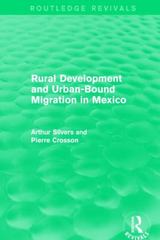Question
Under the Rug is a house-cleaning firm that uses only one input: labour. Under the Rug works with a large number of casual workers and
Under the Rug is a house-cleaning firm that uses only one input: labour. Under the Rug works with a large number of casual workers and can change the amount of labour em- ployed instantaneously. The market for house-cleaning services is perfectly competitive. Every day, Under the Rug incurs an administrative cost covering insurance, government registration costs, and membership fees for various professional associations. That cost is $60 and it is independent of the number of houses serviced. Under the Rug's daily wage bill as a function of the number of houses cleaned in a given day is summarised in the table below. Under the Rug has no other costs. Quantity Wages paid 1 $20 2 $50 3 $90 4 $140 5 $200 6 $270
(f) (4 marks) Assuming that all firms in the market for house-cleaning services are identical and face the same cost schedule, what will the price of house-cleaning services be in the long-run equilibrium? How many houses will Under the Rug clean? Explain your answer. (g) (3 marks) Continuing to assume that all firms in the market are identical, how many firms will operate in the house-cleaning market in the long run if daily inverse demand in the market is P = 250 QD/4 (where P is the price and QD is the quantity demanded in number of houses to be cleaned)?
Step by Step Solution
There are 3 Steps involved in it
Step: 1

Get Instant Access to Expert-Tailored Solutions
See step-by-step solutions with expert insights and AI powered tools for academic success
Step: 2

Step: 3

Ace Your Homework with AI
Get the answers you need in no time with our AI-driven, step-by-step assistance
Get Started


